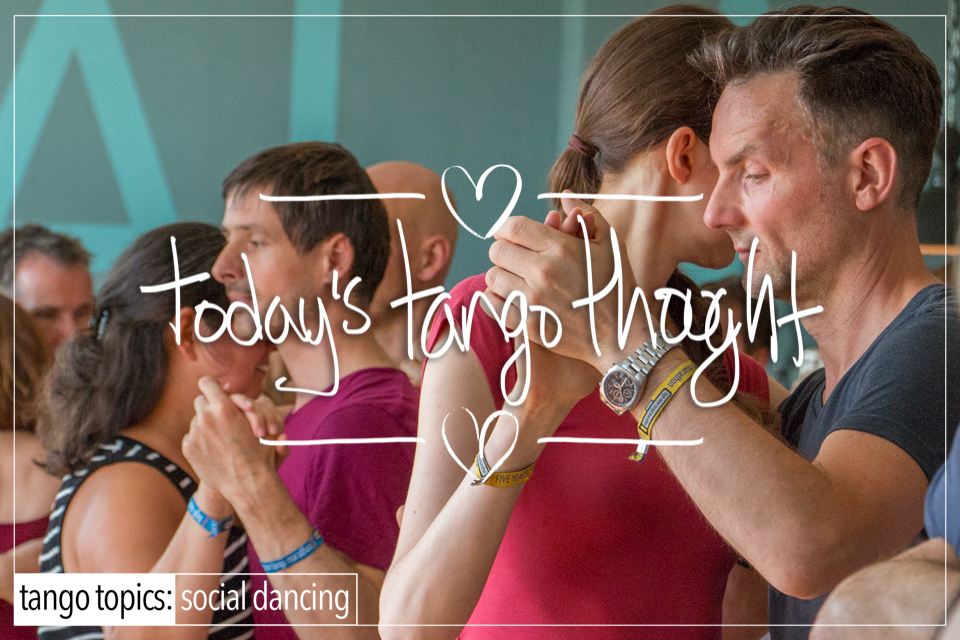(this thought is also discussed and seen in this video > Watching The Follower’s Feet)
Put simply – If you can see your partner’s feet while dancing with them…there’s a problem.
The problem ? Well actually there are several that you’re completely unaware of.
1.) We have this instinctive desire not to want to hit or hurt anyone, not to step on their toes, not to stub their toes or ours, for obvious reasons. And as a result we tend watch our feet and our partner’s feet so that we can avoid the dreaded ‘toe bashing’ that will invariably occur if we don’t keep an eye on things down there. Hence the desire to watch our partner’s feet.
2.) After a while watching our partner’s feet becomes second nature to us. While we will start the dance with our heads up, we’ll almost invariably droop our heads and then our shoulders so that we can focus on watching our feet.
3.) We have a fear of not stepping in the right places. We need to watch our partners feet and our own so that we can verify and validate that the step is in the right place at the right time. This is failure to develop proprioception. A very important skill that both roles must develop in order to dance well.
4.) We don’t realize it, but we’re actually breaking the visual vertical line of the couple each and every time we watch our partner’s feet.
and lastly…
5.) We will compromise our body position just so that we can watch our partner’s feet. We’ll turn our heads, and then our entire body, and further the Follower will move towards the Lead’s armpit (even more than they do already tsk, tsk, tsk) in order to watch the Lead’s feet. And the Lead will place them in the arm pit just so that they can watch the Follower’s feet.
Why does any of this stuff matter ? Honestly, several reasons –
a.) Visual: The visual vertical line of the couple is broken. We want to create a nice couple silhouette within the embrace construct. And each and every time we watch our partner’s feet we break that visual vertical couple’s silhouette.
b.) Position: The body position and placement of the couple creates an alignment issue that quite factually puts the Follower at a disadvantage that makes them feel as though they’re rushing to catch up.
c.) Vocabulary: At some point you’re going to want to do back sacadas, colgadas, volcadas, or any single axis turn just to name a few, and those movements require mastery over proprioception. 😉
d.) Navigational: While you’re watching your Partner’s feet, you’re not paying attention to what’s coming next, how much space you have to navigate, and the oncoming dancers.











